There is a short window when the poppies in Hite Cove are ready for prime viewing and that window is wide open right now. Taking the drive and short hike to view them, along with several other wildflowers, is a must do each year for me. Oh, and we were visited by a talking newt!
Where: Sierra National Forest Highlights: The best poppy viewing is in the first mile or so but if you have travelled this far, you should consider going the distance to the old mining town of Hite. We had wide range of colorful wildflowers showing off for us. Yellow, orange, blue, red and white were represented by Mission Woodland Star, Bluedick, Redbud, Lupine, Popcorn Flower, Baby Blue Eyes, Shooting Star and many more. The Sierra Newts hung out with us on this hike and we learned quite a bit about these guys. This trail along the South Fork of the Merced River also gave us glimpses of reflections.
From Mariposa, we drove up Hwy 140 toward Yosemite to Savage’s Trading Post, which is on the right after you cross the South Fork Bridge. We parked across the road (on the river side) where there are also a couple of portable toilets. We then walked across the road and the trail began with a short climb through private property, staying on private property for 3/4 of a mile. The trail sign pointed the direction and the trail is well marked, lined with flowers, and poison oak. Be sure and carry drinking water and watch for rattlesnakes.
This hike is an annual must do for me and I did write a blog last year about this hike and am going to try and not repeat myself too much. But if you missed that edition, you can access that that two part-er at these links: Part 1 – Part 2
Hite Cove has also been known as Hite’s Cove, and Hite. It was named after John Hite who discovered gold there. Placer mining began in the area shortly after the beginning of the gold rush, and the Hite Mine was discovered in 1862 by John R. Hite. He operated the property for 17 years and became quite rich. The mine was active again during the early 1900s and there has been some prospecting in the area in recent years. The Hites Cove post office operated from 1868 to 1869 and from 1878 to 1889. The Hite post office operated from 1901 to 1902. We started our hike about 8:30 in the morning and since California Poppies close their flowers during the night, they were still closed up when we passed by them but still beautiful.
The first part of the trail parallels the South Fork of the Merced River, following it upstream. There are sharp drop-offs in this section of the trail and we could see some reflections in the river as we began to hike.
We must have seen about 25 of these Newt on the trail this morning, returning from their night’s festivities. I think that this is a Sierra Newt. Adults can grow up to 4.9 – 7.8 inches long and this guy was probably moving from breeding sites near water.
Migration may take several weeks and cover large distances. I read that in one study, California newts were recaptured up to nearly two miles away from the breeding pond where they were originally captured and marked. Newts have a strong homing instinct and typically return to the same breeding site each time they breed.
Poisonous skin secretions containing tetrodotoxin repel most predators. This potent neurotoxin is widespread throughout the skin, muscles, and blood, and can cause death in many animals, including humans, if eaten in sufficient quantity. A study estimated that 1,200 – 2,500 mice could be killed from the skin of one California Newt. This poison can also be ingested through a mucous membrane or a cut in the skin, so care should always be taken when handling newts. In most locations the Common Gartersnake, Thamnophis sirtalis, is has a high resistance to this poison, and is known to prey on Taricha species.
Have you wondered what these newts eat? Adults eat small invertebrates such as worms, snails, slugs, sowbugs, and insects. They also consume amphibian eggs and larvae, including newt larvae and newt eggs. A small nestling bird was found in the stomach of one newt. Larvae eat small aquatic invertebrates, decomposing organic matter, and possibly other newt larvae.
Did you know that these newts talk? Well, they do make sounds. Three types of sounds were documented: clicks, squeaks, and whistles. Squeaks were made when a newt was picked up, and were sometimes accompanied by the newt twisting its body. The purpose of the squeak might be to startle a predator or to advertise the newt’s toxicity.
The whistle was observed during breeding activity when a newt was touched in the middle of the back by a human or another newt, such as when a male newt climbed onto the back of another male newt. It was produced by males and females. The sound was not observed and could not be artificially evoked two weeks after breeding was over. This sound appears to be used in sex recognition and to establish hierarchical relationships, similar to the release call of a frog.
For more information on the Sierra Newt, please take a look at the link at the end of this blog.
We started seeing some colorful wildflowers. Shooting Star
Western Redbud
As the trail got close to the River, we began to see beautiful reflections in the glassy water.
As we got closer to the old mining town of Hite, we began to see the old equipment, flumes that supplied the water to the crushers, old rock foundations and roads that not been used in many years. It is hard to believe that in 1864, the town of Hites Cove had a population of about 100 and a ten stamp milling operation. It also had 2 hotels and its own Chinatown. Because of its isolated location, drinking and gambling were popular diversions. All of the buildings in the small camp burned in 1924.
We visited an old building that had this floating roof hanging from a tree. Does anyone know the background to this roof? It sure is an oddity and has been here for many years, hanging from this tree. We walked around this area, exploring what looked like an old well and dump, and followed some old roads out.
The poison oak had leafed out and had a healthy, oily look to it.
We could have spent the entire day exploring the area around the old mining town but we turned around, heading back down the trail the same way we had come in. We had seen these white butterflies with an orange tipped wing flitting all around but it was very difficult to catch a picture of them. Finally success! I think it is called Sara Orangetip.
We found a very nice lunch spot with a built in bench right next to the river with great reflective views.
We wandered back on the trail, seeing some flowers that we hadn’t seen in the morning.
Waterfall buttercup, Ranunculus hystriculus. Thank you Joanna Clines for naming it for us!
We saw two different types of woodland star. Gail Gilbert took the second picture of a fringed woodland star.
Some clouds had started to move in at lunch and the poppies had opened up. Boy, what a show they put on for us!
Folks have asked about dog hikes and I have seen some people with dogs on this hike. This would NOT be a good hike for my Sally dog. There are some really steep areas at the beginning of the hike that I feel an active dog could hurt themselves. These steep areas are also narrow in many places. If you had an uncontrollable dog, they could potentially knock into a fellow hiker, causing them to fall in those steep areas. There is a ton of poison oak and your dog will be bringing it home on their coat for you and your family to enjoy later. There are also many rattlesnakes in this area that an exploring dog could interrupt their siesta. And it can get darn hot in that area.
http://en.wikipedia.org/wiki/Hite_Cove,_California
Distance: 7.95 Miles
Difficulty: Easy to Moderate
Elevation Range: 1,406′ – 1,761′
Date: March 14, 2014
Maps: Sierra National Forest, Buckingham Mountain Topog





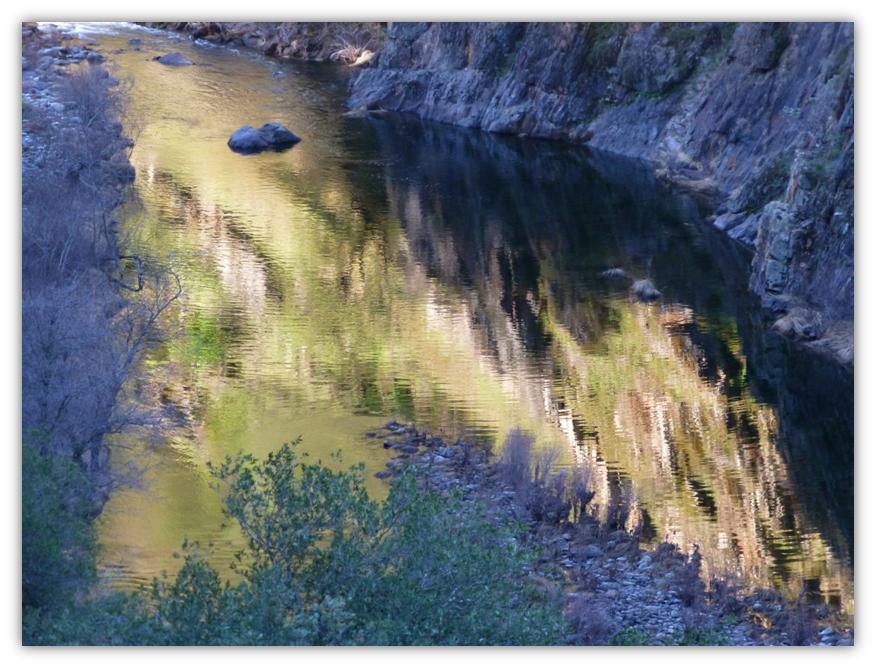

Clicks were the most commonly heard sounds. They were made when newts were put in an unfamiliar location, and when they were confronted by another newt. The clicks appeared to be used to establish territories.



















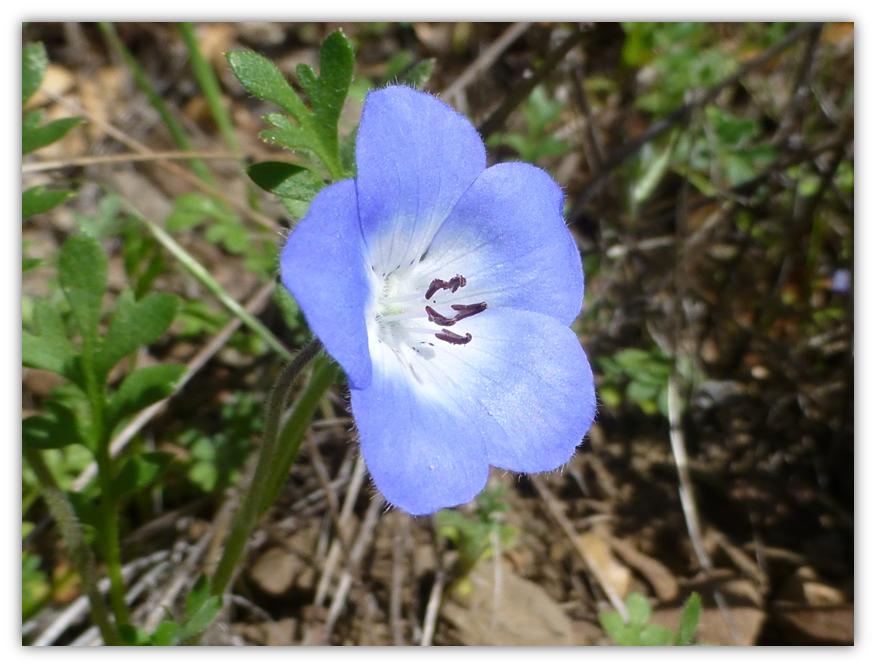

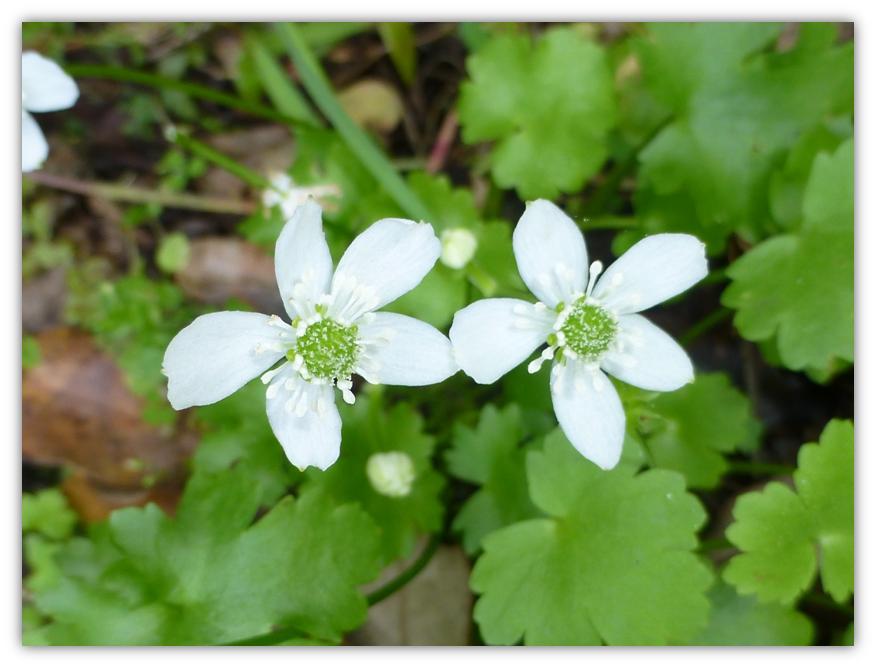
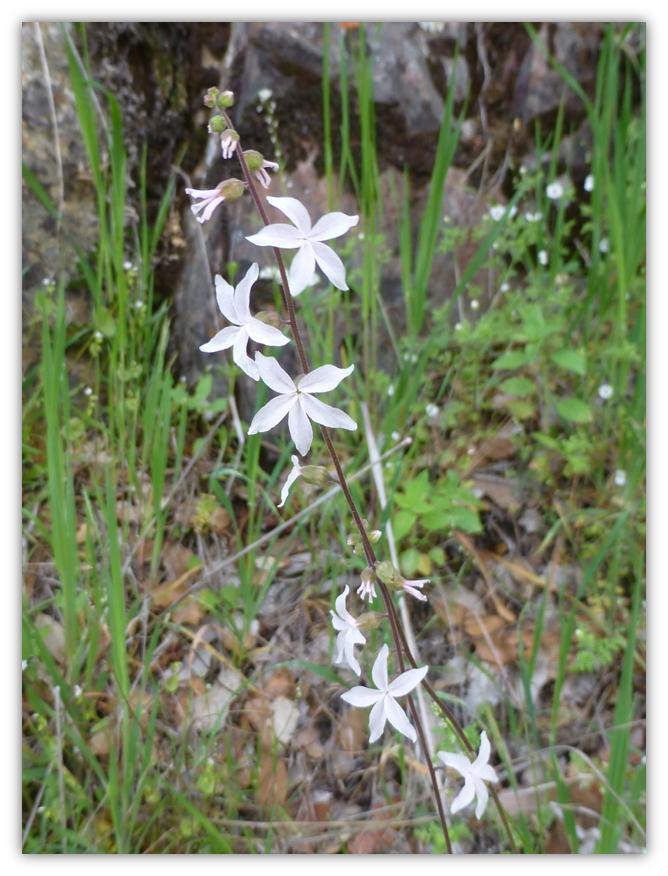

















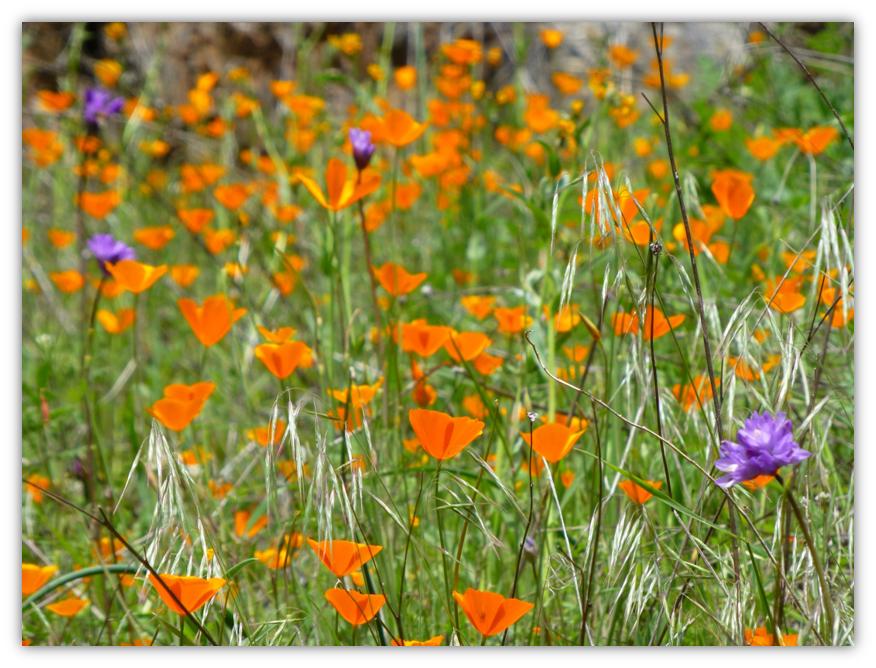




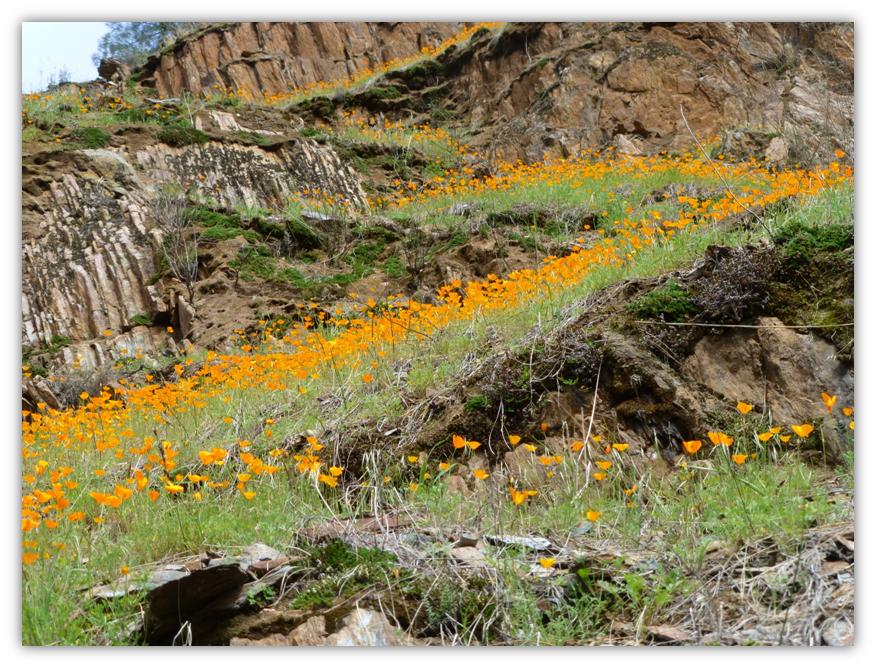




http://tedmuller.us/Outdoor/Hiking/2013/130321-HiteCove.htm
http://www.californiaherps.com/salamanders/pages/t.t.sierrae.html
Favorite Hikes of the Sierra Seniors Book, Jim Putman, July 2010
Gold Districts of California Bulletin 193 California Division of Mines and Geology 1976 Hite Cove District
Guide to the Ghost Towns, Mining Camps, and Other Formerly Inhabited Places in Mariposa County, California
http://freepages.history.rootsweb.ancestry.com/~gtusa/usa/ca/mrp-co/h.htm
U.S. Geological Survey Geographic Names Information System: Hite Cove, California




